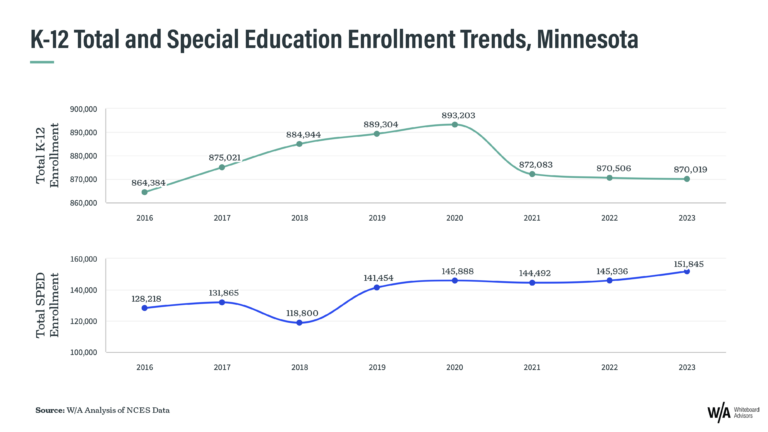The ESSER II countdown is down to days. Schools must “obligate” $54 billion of the stimulus account by September 30th.
According to the latest estimates from the U.S. Department of Education (ED), about 20% of the funds (about $10 billion) have yet to be spent.
The actual figure is likely lower because the data is a few months old and much of the funding is, in fact, committed to budgeted activities documented within budgeted districts’ plans — even if it’s not paid-out.
It is critical to note that the process for “spending” federal funds has two crucial components: obligation and liquidation:
- Obligation: An obligation occurs when a state or local commits those funds to specific purposes. In practical terms, obligation occurs when signing a contract with a vendor or when district personnel perform the services paid for by that account.
- Liquidation: Liquidation is the disbursement or payment of funds. Under federal guidance a grantee typically liquidates the funds within 120 calendar days (4 months) after obligation.
With the obligation deadline looming, our team is getting a lot of questions about obligation timelines, payment extensions, multi-year contracts, and what happens with unspent funds.
Here are some quick answers:
- Obligation Timelines: ED cannot grant any extensions. The dates are in statute and they are not flexible.
- Payment (or “liquidation”) Extensions: ED has already issued guidance clarifying that grantees may have an additional 14 months to liquidate (after the obligation date) if the state determines that it’s necessary and reasonable—and in no circumstance may services (not liquidation or payment) occur four years after the obligation date.
Not all states and districts will take advantage of this, however, because doing so involves state agencies requesting late liquidation extensions from ED on a case by case basis, for not just the state agency – but on behalf of every district in the state.
- Multi-year contracts: Current guidance doesn’t prohibit multi year contracts—but it points to likely audit consequences.
ED has acknowledged that there are circumstances where contracted activities may continue for a reasonable time after the liquidation date. A district can, technically, pay for a service before full rendering, but it will likely raise issues with auditors looking for wasteful spending and deficient internal control procedures.
- Unobligated funds: Unobligated funds revert back to the U.S. Treasury. This is a really bad look for state and local officials, which they will take care to avoid if at all possible.
As of September 18, 2023, the current guidance also applies to the largest stimulus account, ARP ESSER III.
School officials must complete the obligation of those funds by September 30, 2024 and when that date rolls around, it’s going to be tense.
Not only is there nearly 4x the amount of funds to manage ($122 billion of ESSER), but we’ll be in the thick of a tumultuous presidential election and, potentially, on the brink of fiscal cliff.




